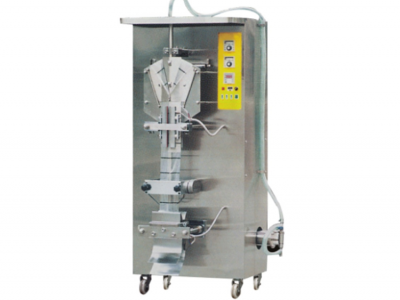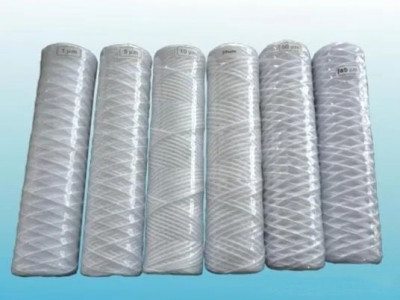4 How is the mechanical filter selected? What is its working principle?
A: The selection of mechanical filter is based on the total water intake of the system to select the size of the filter and the combination (one mechanical filter is not enough to select multiple parallel use and the number of backup), such as the size of the water recovery rate of the reverse osmosis system and the ratio of system water production to the total water intake of the system. The filler in the mechanical filter is made of many refined quartz sand of different particle sizes in strict order from large to small, thus forming a good quartz sand gradation.
When the filter is first put into use, the filtration effect is often not very good because at the beginning, the filter does not form a “bridge”, the so-called “bridge” refers to the formation of an interceptor net by the suspended matter in the water, the interceptor net intercepts the suspended matter with its particle size, and then intercepts the suspended matter with smaller particle size.
The interception network intercepts the suspended matter of comparable particle size, and then intercepts the suspended matter of smaller particle size, forming an anti-grain size filtration process of intercepting large particles first, and then intercepting small particles. Once the filter forms a “bridge”, the filtration effect is very good.
As the filter is put into operation for a longer period of time, the filtration precision becomes higher and higher, the interception net becomes thicker and thicker, and the pressure difference between the import and export becomes larger and larger, and when the pressure difference reaches 1 kg/cm2, the filter should be backwashed, and it is better to have compressed air to scrub the quartz sand during the backwashing process.
The general engineering experience is that mechanical filters with diameter less than 2500mm do not need to use compressed air; while mechanical filters with diameter greater than 2500mm must be scrubbed with compressed air to achieve a satisfactory cleaning effect; backwashing flow is generally 3-4 times the design capacity of the filter.
Most of the old mechanical filters use large pebbles as the basic bedding layer, and the bottom is evenly perforated with convex steel plates, which makes the water distribution uneven and easily produces a large filtration rate in the center and a small filtration rate at the edges; when the filter is backwashed, the phenomenon of mixed layers of quartz sand will occur, which will inevitably lead to the leakage of filter material into the lower pipeline and precision filter, forming a serious threat to the precision filter and reverse osmosis device.
This is a serious threat to the precision filter and reverse osmosis device. After continuous practice and experiment, many manufacturers have improved the mechanical filter, and the water distribution device adopts a porous plate with a special form of ABS water cap, which has the function of two-way force, i.e., the force is smaller when running, and the force can be increased several times when backwashing, so that the water distribution of the filter is more uniform when washing, and more thorough when backwashing, and the water quality is greatly improved. In order to prevent fine sand from penetrating the filter during operation or backwashing, the permeation gap of this ABS water cap is very small, generally around 0.1-0.2mm. It is worth noting that in the process of filling the filter, a certain amount of water must be injected into the filter to prevent large quartz sand from breaking the ABS water cap; in the process of installing the water cap, hard shoes should not be worn to prevent stepping on the ABS water cap.
Mechanical filter is equipped with backwash water inlet limit butterfly valve to control and adjust the flow of backwash water, backwash intensity should make the filter layer expand 15-25%, backwash compressed air intensity is generally 10-18L/S.m2. If there is no compressed air, consider using Roots fan.



